Hello outdoors world! Welcome back for the next installment of “The Willes Way”! Thank you for stopping by and giving it a read. In this blog, I will be talking about one of my all time favorite summer past times.
Imagine this. The sun sets as you sit on the shores of a 48 acre lake in the forest of northern Wisconsin. The sky is a stunning shade of red and the water is like glass, providing a perfect canvas for the reflection of the sky and trees. As the light dwindles more and more, you realize that you can no longer see in the water, and all the bluegill that where seemingly stack up in the water in front of you, now seem to be in hiding. The sky goes black. You fire up your flashlight that you have in you front pocket and shine it in the direction of the water. And then you see it! This large menacing creature slowly pulls itself along the sand bottom in search of its next meal. The call rings out to the others in camp and everyone comes running to see it. “TURTLE!” The shouts are heard by all in the vicinity. Now comes the time of reckoning. What do you do? Do you watch it? Do you try and catch it? The choice is all yours of course. So what are you going to do?
Save up to 30% Off at Cabela’s during the Fall Hunting Classic!
Well at Willes Outdoors’ annual July tradition, “Snapper Weekend” as we call it, we know exactly what to do. First of all I will go over some of the legalities here in Wisconsin as to what you can and can’t do. This year the open turtle season starts July 15th and runs through November 30th. You are allowed to catch them with numerous different tactics. You can fish with a rod and reel, snagging (hooking), bank pole, setline, dip net, hoop trap, or if you are feeling brave enough, you can catch them by hand.
As far as traps are concerned, ONLY hoop traps are allowed. Specifications according to the DNR’s regulations for the traps are as follows; “Traps must be made of stretchable fabric (e.g., nylon) and must have a minimum mesh stretch of 6 inches. No wire mesh is allowed. Each trap must have a metal tag stamped or engraved with the name and address of the operator attached, and must be visible above the water’s surface. The operator identified on the trap tag is the only person authorized to tend these traps. Traps must be set with the hoops exposed a minimum of 2 inches above the water’s surface. Turtle traps must be checked and the entrapped contents removed at least once each day after the day they are set in all waters”.
In Wisconsin we have a slot size for these prehistoric beasts of the lake. Snapping turtles can not be shorter than 12 inches and can not be longer than 16 inches. Measurements are taken directly over the carapace from front to back. It is best to use a flexible tape measure like one for sewing. Hold the beginning of the tape to the point of the shell farthest forward towards the head and measure along the curvature of the shell to the back tip of the shell. If it doesn’t fit into the slot size it must be released. We avoid catching any that do not meet the slot requirements. In this game you can usually pick and choose pretty well which ones you really want to take.
The proper credentials for taking part in this awesome time, is either a fishing license or a small game license. If under the age of 16, no license is required. If operating a setline or bank pole, separate license requirements need to be met.
I don’t find trapping to be quite as exciting, but “Noodling” isn’t really my cup of tea. I like having 5 fingers on each of my 2 hands. So I fish for them with hook and line. If you choose the same, then bait is another thing you have to keep in mind while you are out there, unless you want to “snag” or hook the turtle. I may actually try using a gaf hook this year, but we will see how that goes. According to the Wisconsin Dept. of Natural Resources regulations, you may not use any fish or fish product to catch these critters, unless you have caught said fish from the exact body of water that you are fishing, or you have purchased it from an authorized bait dealer. This is for the most part due to the disease VHS or Viral Hemorrhagic Septicemia, a disease that has run rampant through a lot of lakes as of recently.
How we do it is we catch bluegill all day, keeping several small ones as bait. We cut a couple of them up as cut bait. We make a small rock wall just off shore in just a few inches of water to properly hold and use it to hold our cut bait. Not only does it keep it from stinking up the camp, being underwater, (dead fish attracts bears) but it also chums the water drawing the turtles in from all areas of the lakes. Snapping turtles in these lakes naturally feed on blue gill as one of their main food sources. They are also over populated on this particular lake. After the sun goes down, the turtles come out of the mud. They can sense food for quite a ways out and they are drawn to the fish I have placed in the water just off shore. When they are only in a couple inches of water, they are a little more vulnerable and easier to catch. Now we normally have rods with heavy braided line baited with pieces of blue gill casted out to lay on the bottom. We put Glow sticks on the end of the rods so we can better watch the rod tips to see when a turtle has found the bait. More times than none though, they are attracted more to our bait pile than to our lines. The turtles almost beach themselves in attempts to get at it. In fact that is how I was drawn to fishing these beasts on this particular lake.
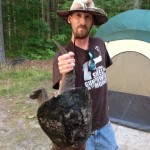 You see it is a tradition of mine on my birthday to go camping in the great north woods of Wisconsin. As an outdoorsman, I find it more gratifying to sit and fish for bass all day on my birthday, than to cater to a dozen or more people gathered around a bbq in the back yard. One day about 6 years ago, I had an awesome day fishing panfish and caught quite a few real nice sized blue gills, sunfish and a couple crappies. I set my stringer in the water on the beach in front of our camp site to clean later. As we sat a socialized around the campfire at sunset, we started to hear splashing and the chains from my stringer rustling in the water. Just thinking the fish were getting restless, I walked over to investigate. To my utter shock, I saw a hog of a snapping turtle trying to run away with my days catch! He ended up escaping with a few fish off my stringer and I vowed revenge! The next night the wife and I baited the beach with cut bait on hooks and it was on ever since!
You see it is a tradition of mine on my birthday to go camping in the great north woods of Wisconsin. As an outdoorsman, I find it more gratifying to sit and fish for bass all day on my birthday, than to cater to a dozen or more people gathered around a bbq in the back yard. One day about 6 years ago, I had an awesome day fishing panfish and caught quite a few real nice sized blue gills, sunfish and a couple crappies. I set my stringer in the water on the beach in front of our camp site to clean later. As we sat a socialized around the campfire at sunset, we started to hear splashing and the chains from my stringer rustling in the water. Just thinking the fish were getting restless, I walked over to investigate. To my utter shock, I saw a hog of a snapping turtle trying to run away with my days catch! He ended up escaping with a few fish off my stringer and I vowed revenge! The next night the wife and I baited the beach with cut bait on hooks and it was on ever since!
Since starting this tradition, we have developed another tactic for taking these critters that we actually find more exciting, but it has a small window of opportunity. When the lake is really calm, and it is 45 minutes before sunset, we take the boat out onto the lake. Using the quiet trolling motor, we silently move around the shallower areas of the lake. This is the time of the evening when the turtles come out of their hiding spots in the mud to search for food. As they move around the heavily composted mud at the bottom, thousands of tiny gas bubbles are released that were trapped in the soil. This leaves a perfect trail to tell you exactly were the turtle is and which direction it is headed. Just follow the bubbles. We figured out that at this time of night, you can throw bass baits at the bubbles with a slow retrieve and the turtle will actively chase it! Image this, you cast out a buzz bait or a big stick bait type Rapala and while reeling it in a monster appears from the murky depths and swims as fast as it can to chase it down. Once you have its attention, it is usually pretty easy to hook into one. after a half hour to 45 minutes, the sun goes down and you can no longer see the line of bubbles. That’s when we go back to camp and start fishing from the beach.
Now here are some questions I get from those that have never been on these turtle trips of ours before. A big one is, “Once you catch it, what the heck do you do with it?” Well that’s a good question. Snappers are notoriously hard to kill. What we try to do is, while one person holds it down, we get it to bite on a thick stick. Once it bites it we pull so the turtle brings his head out of his shell as much as possible, then we drop the hammer. or in this case a camp hatchet and chop its head off. While at Deer Fest, a major yearly hunting expo in Oshkosh Wisconsin, Willes Outdoors Productions Pro-Staffer and resident musician, Shad Masaros, got a chance to ask a pro of the subject Troy Landry, the “Choot ’em” guy from the tv show Swamp People, how he does it, and he even told us to chop it’s head off with a hatchet! So we think we have the right method figured out. With it’s main weapon disabled, the rest is quick work.
Now remember when I said snappers are notoriously hard to kill? Well after we have its head removed we hang it to let it bleed out to help clean the turtles system, and wait for the next morning. When the next morning arrives and we get some breakfast into our bellies, we start to take down the turtles from their hanging spot or “the turtle pole” as we like to call it, kind of a take on the old “buck pole”. While doing this you will notice that if you set the turtle down, it will actually still try and run away and get to the lake! The evil demon is still alive! It has always been told to me that it takes more than 24 hours after you cut it’s head off for the turtle to actually die! Even while going through the arduous task of cleaning the turtle down to the last scrap of meat attached to the shell, it will still try to escape. It is as if every muscle in it’s body is it’s own organism! Ladies and gentlemen, these are some strange critters!
Now to the prize. A turtle has 7, yes I said 7, different kinds of meat. it has red meat, which is kind of like beef. It has White meat some what resembling chicken. Another white meat which reminds me of say, catfish and some other shades in between these. They all have their own flavors and textures but are all delicious! My favorite way is to cook it up in a stew. If you have a basic recipe for beef stew, you have a recipe for turtle stew. I have tried cooking other ways, such as deep frying, but have found the meat to be kind of tough which is why I do stew. Stewing the meat requires you to cook it longer thus relaxing the proteins in the meat and making it more succulent. As a chef there is nothing worse than tough meat. So remember cook it low and slow and let it cook for a couple hours. You can not rush perfection.
I don’t honestly believe that turtle fishing will ever become a very popular outdoors activity. I know most people would probably turn their noses up at so called “swamp meat” such as this. But let me tell you, you get a good group of friends together for a night of turtle fishing, and I guarantee you will have as good of a time as our group does every year. Not every trip is a success, but more time than not we harvest at least one of these beasts and that is enough for a pot of stew.
I wrote the first half of this blog before leaving for our “Snapper Weekend”, and I made sure not to finish before we got back. This year our success was one turtle from the beach and we lost two turtles at the boat casting big spinners at sunset. It was a fun time to be had by all that was there to enjoy it for sure. As was stated in my last blog Camaraderie of the Hunt, these kinds of trips and adventures are always better when your friends are with you to share the adventure. Also it helps to have someone there if you loose your fingers to a snapper and can not dial a phone to call for help! I am just kidding, if you are careful and keep you extremities away from the head area, you should come back with all your digits.
I hope I have inspired some of you to go out and give this fun opportunity a try. Thank you for taking time to read my blog. Remember to keep stopping back. I love to share my stories with you all and have many more to come! Until next time, tight lines, safe hunting, and remember, spread the word about or awesome outdoor heritage and try your best to introduce the outdoors to those that have never had the chance to appreciate it, especially kids! They are our next generation.
Discover more from The HuntFishTravel Show
Subscribe to get the latest posts sent to your email.
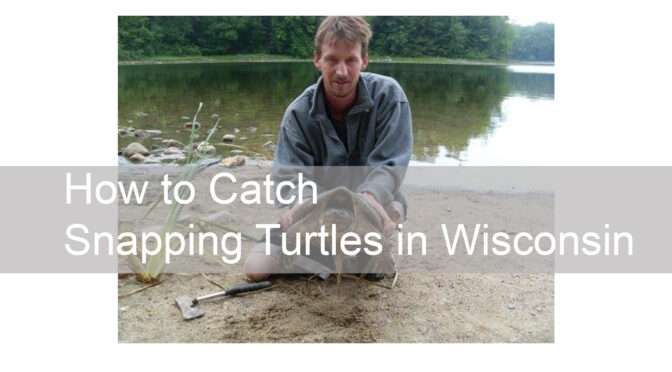

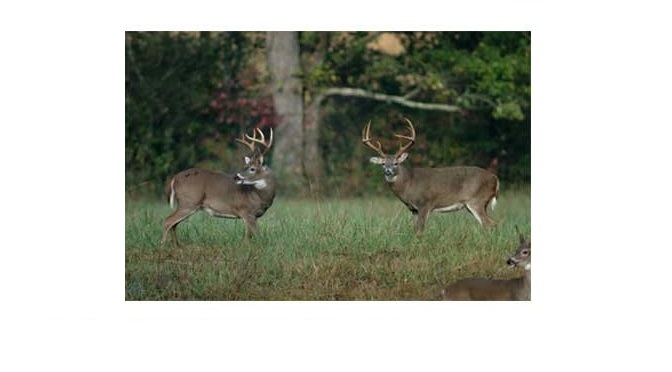
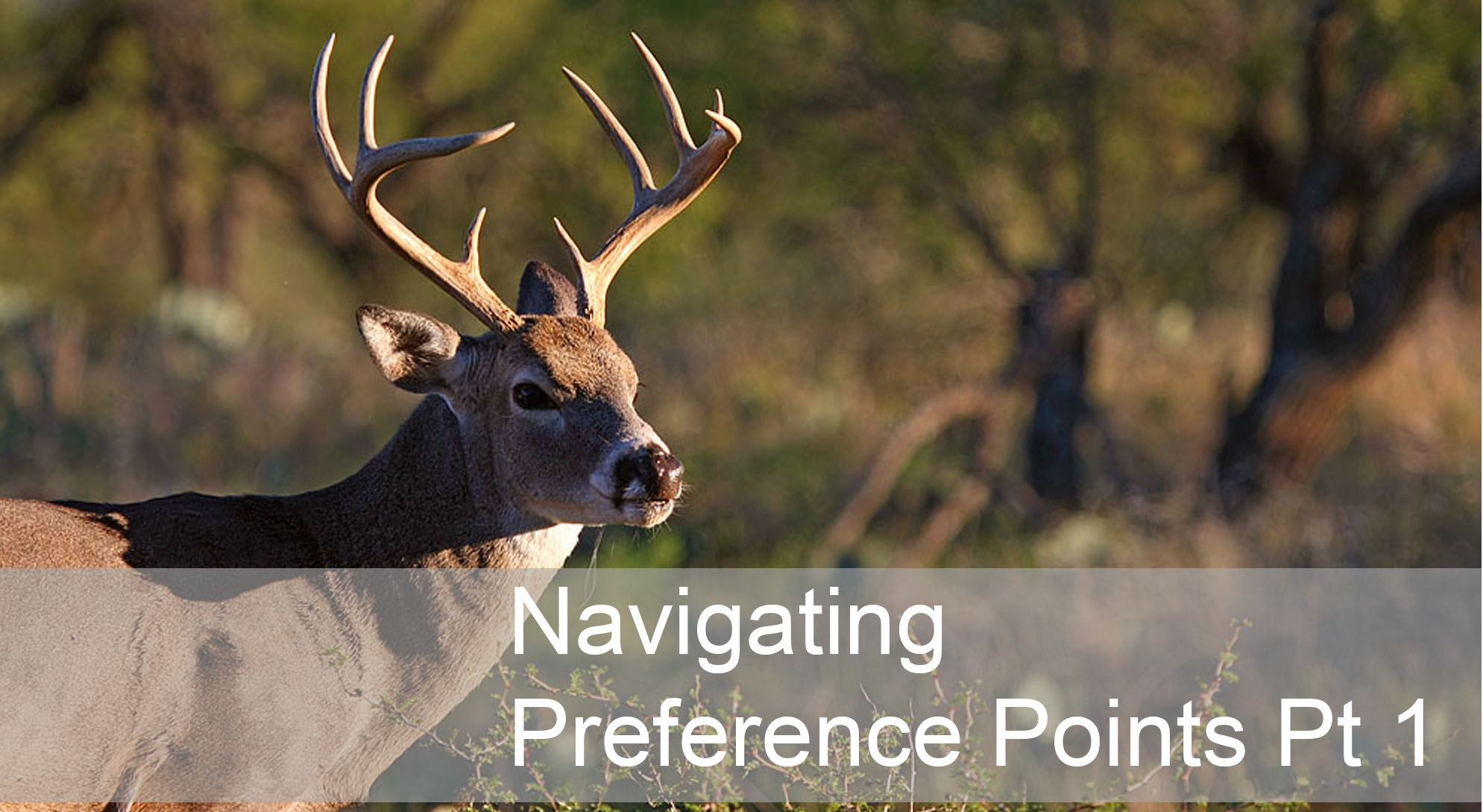
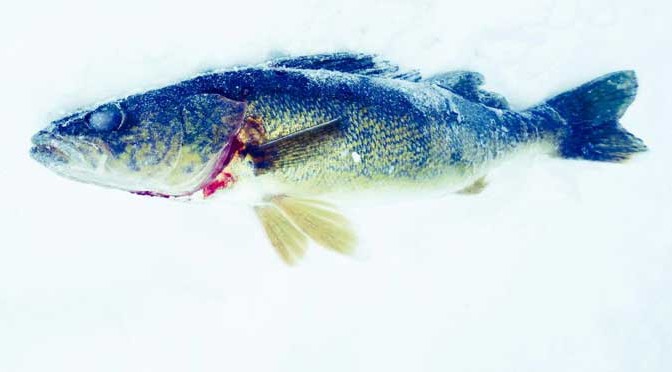
Great Stuff! I always wondered how I would manage to kill one if I caught it. Thanks
Not a problem! Been doing this for quite sometime now and learned a lot of tricks. Just drop a line if you have any questions and I am always happy to answer!
Great Blog! I just got a 15 inch snapper last week! Bread with pancake batter and pan fry. Then cover with cream of mushroom soup and bake for 2.5 hours. Awesome stuff!
I may just have to try that recipe next time!
Very enjoyable read! It was especially interesting to read how “turtle wrangling” in Wisconsin differs from here in IL. If you want a quick primer on cleaning turtles or another recipe – check out my post: http://afistfullofarrows.com/gretchen-catching-cleaning-cooking-a-snapping-turtle/
We love turtle here and in our house it’s pretty much a summer staple!
Gretchen I was really worried about putting up a snapping turtle related blog after seeing yours posted. Glad you took care of cleaning instructions though lol! Glad you enjoyed it! And at least I know I am not the only turtle fan here in CarrieZ land
This was perfect. Summary of the regulations and how to do it. Bought a hoop net and will give it a first time try with my grandson. We live on Bohners Lake and I’ve seen some pretty big ones while swimming. Now we jsut need to catch a couple blugills and get that metal tag.
The snapping turtle is the largest and heaviest turtle in Wisconsin. A large adult can weigh up to 50 pounds and measure up to 16 inches across its saw-toothed-edged carapace. Their heads are triangular in shape with a thick neck and pointed snout. Powerful jaws and a long neck provide the turtle a commendable defense system. A reduced plastron prevents the turtle from being able to retreat into its shell, causing snappers to act more aggressively than many turtle species. However, this reduced plastron (shown above) also affords the snapper better mobility, allowing it to move easier and greater distances on land.
I have been building turtle traps for over 40 years and I just built one that is legal in Wisconsin. I would like to talk about turtle trapping.
Roger
734-586-3889
I would like to talk about turtle trapping.
Roger
734-586-3889
Can you tie a baited line to a creek bridge and come back 6-7 hrs later to retrieve it? Is this legal in Wisconsin
I believe the answer is yes but you’ll have to check the DNR reulations.